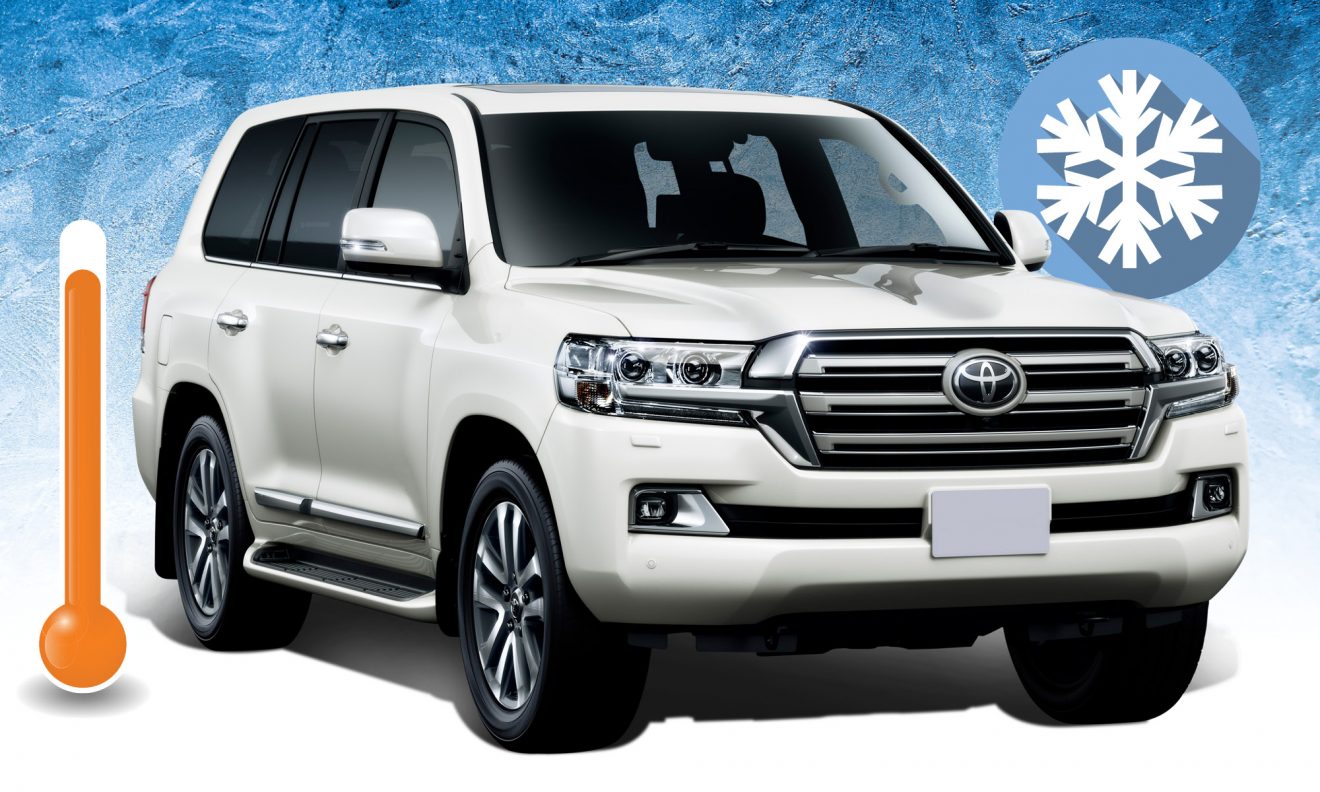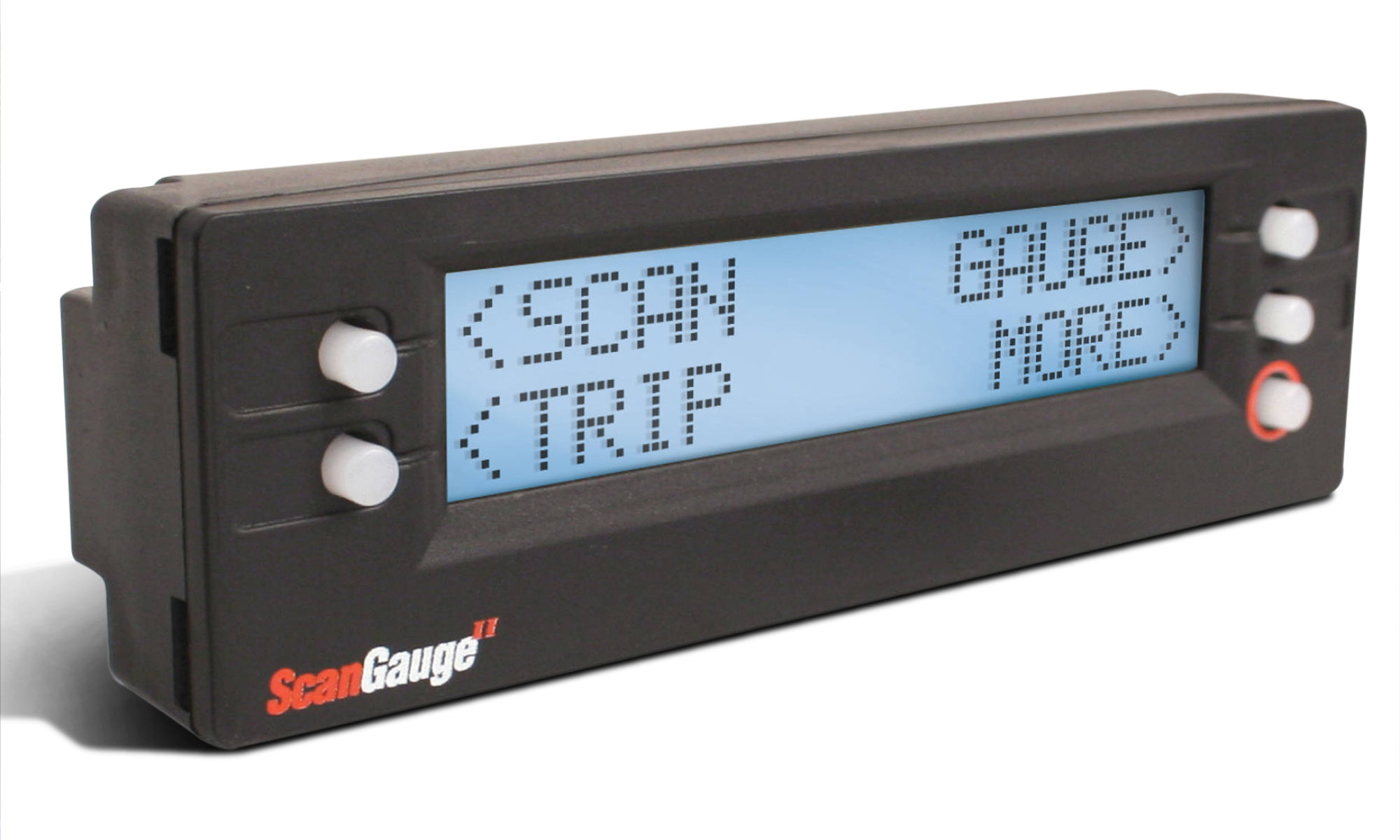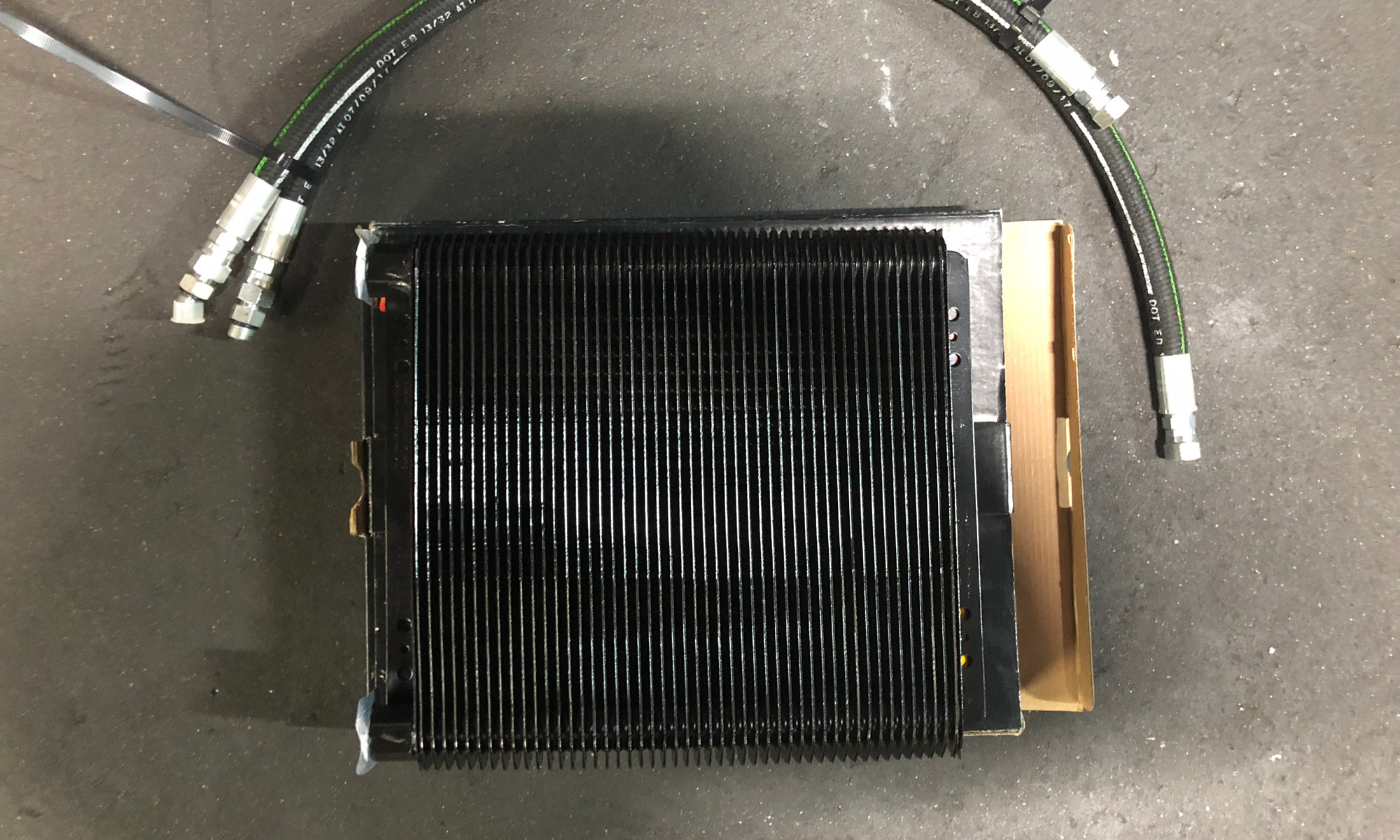
After having blown one transmission on our BT-50 while four-wheel driving and having it replaced under warranty, we were extremely cautious about hitching a 2700kg RV onto the towbar. Replacing a transmission can cost anywhere between 5-15k, so avoiding another fiasco was a high priority. Being without a vehicle for weeks while a repair takes place is a right pain in the neck!

WHAT YOU NEED TO KNOW
Overheating is the main cause of transmission deficiency, accounting for around 90 per cent of all failures. Your transmission can never run too cool (unless you’re in the snow).
Regular stock transmission coolers work by using the vehicle’s radiator, which is usually hot. The impact this will have on transmission temperatures is not rocket science.
Like engine oil, automatic transmission fluid (ATF) absorbs the heat produced by moving internal parts. This heat gets released as the transmission fluid passes through a cooling chamber at the bottom of the radiator. Under normal conditions, this would sufficiently cool the ATF before it gets re-circulated back into the transmission.
However, if you add more strain to the gearbox, for example, when towing, if your car is loaded with accessories, long inclines, beach driving or hot summer days, then components have to work harder, which creates more heat than the stock transmission cooler is designed to handle. This additional heat causes the transmission fluid to break down, reducing its ability to perform smooth gear changes as well as causing irreversible damage to the transmission.

INSTALL AN AUXILIARY TRANSMISSION COOLER
To prevent this from happening, an auxiliary transmission cooler can be installed. It’s like a smaller radiator, cooling the ATF before it returns into the transmission. It will decrease damage during intense situations, which in turn will lengthen the life of your transmission.
Plate and fin coolers are commonly used these days and act like a mini radiator for the transmission. ATF is directed from the transmission to the unit where it is cooled by the air that passes through. These units are compact and, if installed correctly, will allow plenty of airflow to reach other coolers, including the radiator and air-conditioning condenser. These units would be suitable for most modern vehicles. If you plan to install a transmission cooler yourself, then you’ll need to find a place to put it. Like your car’s radiator, a cooler relies on airflow to dissipate the heat, so it needs to be mounted somewhere that allows it to get as much air as possible.
The best location for a transmission cooler is in front of the radiator; the unit is roughly a third of the size of the radiator, so this will allow plenty of passing air for the radiator and air-conditioner condenser. This will create maximum airflow and the best cooling efficiency. You can mount it elsewhere, particularly if it is equipped with an electric fan, but this will require extra effort to route the transmission lines properly.
OPTIMUM TEMPERATURE
Ideally, the temperature would be between 80- and 90-degrees Celsius once up and running. Above 93-degrees, the ATF loses its ability to do its job and that is when the damage begins. See below for temperature outcomes:
125°C+ Clutch plates start to slip 145°C+
Seals and clutches burn out 155°C+
Call a tow truck and your transmission specialist.

FIRST TEST
To start with we hooked up a ScanGauge II and pre-set it to display transmission temperatures; this is an optional setting which you can do on your own in around five minutes. A ScanGauge or similar device is an invaluable unit that monitors a vehicle’s vital systems in real time. It will change the way you drive and plugs into most modern vehicles’ OBD11 (on-board diagnostic) port. Next we drove around for a few weeks and noticed normal temperatures in the range of 88-105 without the van and 100-113 with the van hitched. It reached a maximum of 117°C after a long steep incline. Obviously extremely high temperatures!

THE INSTALLATION AND KIT
If you are going to get a cooler installed, make sure it’s done by a transmission specialist. We contacted several diesel mechanics who had not done these installations; some automotive transmission businesses suggested they could do it but had not had much experience with these units. Try to select an installer who fills you with confidence and has done it before – don’t be a guinea pig. Our unit was installed by Wollongong Automatics. Joe Nahlous installs a couple of these units each week including in fleet vehicles for Sydney trains. He also suggested we upgrade the regular fittings from the kit and replace the rubber hoses with crimped lines.

RESULTS
After having the kit installed we noticed regular running temperatures between 73-82°C and jumping up to 85 while four-wheel driving on inclines. Now for the all-important temperatures with the van hitched up … drum-roll please … regular towing temperature was 78-87°C. We did hit a peak of 103 while stopped in traffic on a very hot afternoon. Once traffic started flowing the trans temp returned to the normal range.
For all the LandCruiser 200 drivers out there, good news, your vehicle comes standard with a secondary cooling unit from the factory. We tested the same van on this vehicle with 101 degrees being the highest recorded temp and regular temps of 73-85°C.
Reminder: It is also worth noting that different manufacturers will recommend operating the transmission in sports mode while towing as this will help keep your transmission cooler. Be sure to check the transmission and towing sections of your vehicle handbook for best practices.

